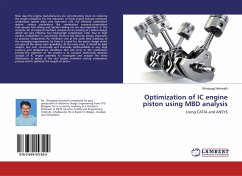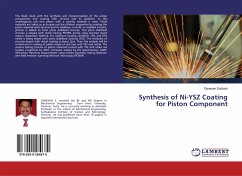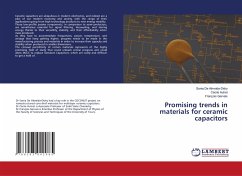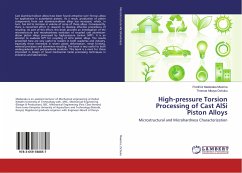
Design A Promising Piston Bowl Geometry
Basic Concepts and Analysis
Versandkostenfrei!
Versandfertig in 6-10 Tagen
32,99 €
inkl. MwSt.

PAYBACK Punkte
16 °P sammeln!
Particulate matter emission from diesel engines is a growing concern with the stringent emission norms. A lot of factors govern its formation and oxidation. One of the most important factors influencing the formation of particulate matter during combustion in a diesel engine is the fuel distribution inside the combustion chamber. Fuel distribution further depends on various factors like injection pressure, in-cylinder pressure, density, shape of the combustion chamber etc. A study on the spray penetration & fuel distribution for different combustion chamber geometries based on empirical correl...
Particulate matter emission from diesel engines is a growing concern with the stringent emission norms. A lot of factors govern its formation and oxidation. One of the most important factors influencing the formation of particulate matter during combustion in a diesel engine is the fuel distribution inside the combustion chamber. Fuel distribution further depends on various factors like injection pressure, in-cylinder pressure, density, shape of the combustion chamber etc. A study on the spray penetration & fuel distribution for different combustion chamber geometries based on empirical correlations has been carried out. A reference piston bowl of a 60 ltr. engine operating on a range of injection pressures, air-fuel ratios, spray angles, injection timings was selected. Liquid spray penetration calculation was carried out for varying conditions. The combustion chamber was divided into two zones one each above and below the spray.












